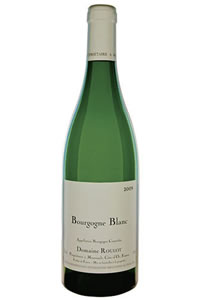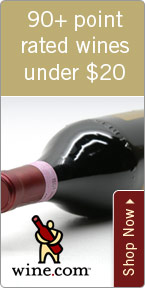What’s Inside Private Label Bottles

Wednesday - October 26, 2011
| Share
 Del.icio.us
Del.icio.us
|
What is a “private label”? You see it almost everywhere these days. It isn’t exactly as the words translate, as the wine that is in the bottle is open to the public to enjoy. What it means is that the wine is made only for a specific retailer or restaurateur, or even a private party.
Private labels can be found in virtually every chain store in America. And it is not limited to just wine. There are labels such as Western Family, Best Yet and Kirkland that you see every time you walk into a grocery or club store. Chain restaurants such as Bucca di Beppo, Cheesecake Factory and the like have their own private labels as well. Even high-profile restaurants and hotels such as Roy’s, Alan Wong’s and the Halekulani enjoy their own mix of private labels.
These are wines that sellers ask a wine producer to create according to their specifications. They may ask for a certain style of wine, blend of varietals or monocultivar, in most cases, or even for a certain price point in order to fill a price category on a shelf or in their beverage program. In the case where the production quantity is high, the decisions for these blends are made at a corporate level where the supplier and the customer agree to a certain quantity of wines and a certain price.
One dirty little secret is that some private label bottles contain exactly the same juice as in other bottles but are just labeled differently and sold at a different price.
In the case of private labels for restaurants, the wine not only needs to fit a price point but is usually customized to the restaurant’s cuisine. In cases like Alan Wong’s, Roy’s Restaurants and the Halekulani Hotel, the wine buyer partners with a winery whose wines they consider to be very high quality. In most cases, these are topnotch winemakers with whom they have built relationships over the years of doing business together.

|
They go through an exchange of samples in order to create just the right type of wine for their cuisine. This process may take several weeks to several months from beginning to end. Then the label design is agreed upon by both parties either to create a brand name or to tie in the seller’s restaurant or club name. Some look better than others.
The reason stores and restaurants use private labels is twofold. First, it provides exclusivity. No one else would be able to sell or market the same wine, so it eliminates competitors from selling the exact same wine at a lower price, which also may allow them to make a better profit on their sales of the item. Secondly, it also allows the seller, especially restaurants, to create a unique experience for their guests. Assuming the guest enjoys the wine, they are going to want to have it again. Well, the only way to have it is to go to that restaurant. It also allows restaurateurs to have something unique in style to pair with their cuisine for better food and wine pairings, again leading to a better and unique experience in their restaurants.
I am neither for nor against private label wines. To me, it all depends on what is inside the bottle. Maybe now you’ll want a private label of your own.
Recommendations: Hitachino Nest Beer White Ale ($5) I know it’s not wine, but for those who love beer, too, this is now my “house beer.” It’s so smooth, refreshing, light and not too hoppy with a hint of citrus and nice maltiness. 2009 Domaine Roulot Bourgogne Blanc ($36) This is an amazing “basic” Bourgogne Blanc. It blows the doors off of most Meursault wines. Amazing nose of fully ripe fruit, wonderful nerve and balance. Completely delicious!
Roberto Viernes is a master sommelier. E-mail .(JavaScript must be enabled to view this email address)E-mail this story | Print this page | Comments (0) | Archive | RSS Comments (0) |
Most Recent Comment(s):












